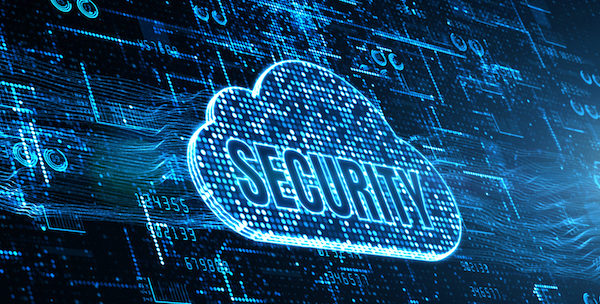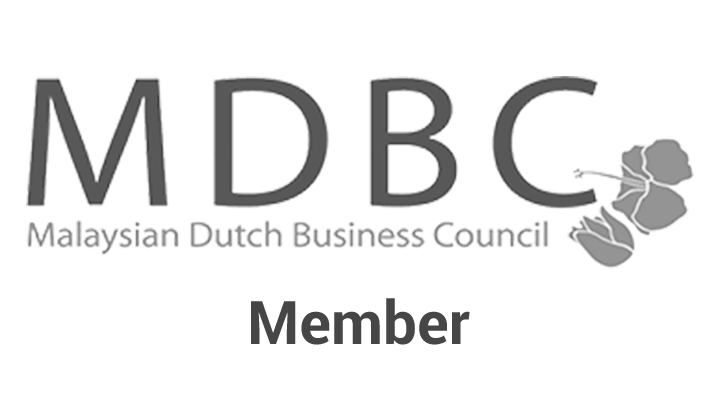Life is depending on and operating through technology more and more these days. With the significant growth rates of cyberattacks in any business, trades, and industries. It’s regrettable that technology has become one of the platforms for crimes and criminals.
People are investing and working hard on securing their data that there are businesses now designed and built just to offer and to serve such services. The questions are, how are you working on protecting your own information?
Crises are inevitable, attacks are unpredictable, and cybercriminals are just getting wiser and worse than ever. These may be out of your control but, good news, the solutions to these are within your reach. One cannot fully predict when online invasions occur, but you can always choose how to shield your data when it strikes.
What is data security governance?
The Data Governance Institute’s definition of data governance is “a system of decision rights and accountabilities for information-related processes, executed according to agreed-upon models which describe who can take what actions with what information, and when, under what circumstances, using what methods.” Quite a lengthy statement, so just let’s put it this way: data security governance is basically having control of your data and the use, availability, and security of it. It is knowing your data enough, on a deep and wide level – how they are being used, how they are being stored, how they are being transmitted, who does what or where goes what. For how can you protect and secure something without knowing the about of it?
How does it function?
So, how is data security governance done? Well, it usually comes as a framework of guidelines, protocols, procedures, or methods in institutions. You can adapt a framework, or you can design and build your own (as long as feasibility and effectively are there, of course). Be it adapted or created, a security governance framework is strong and efficient as long as it has the following basics:
- Risk management plan. Knowing the risks and threats to your data and systems is as vital as butter is to bread. It is important to know the possible problems your data are prone to or your systems are exposed to. This will enable you to eliminate the threats and manage the risks as early as possible. This will direct you in designing an action plan in response to an actual attack being at hand.
- Response and recovery plan. Cybersecurity is not just a matter of protecting your data and systems from crises. More importantly, it is also preparing your data and systems for instances of crisis. An action plan in response to cyberattacks is a must-have in every company. Keep in mind, crises are inevitable and attacks are unpredictable.
- Policies and procedures. Data security governance is most simply and most concretely carried out in the form of rules and regulations. It is a necessity for every institution to have specific do and don’t in its operations especially in data management. But beyond having rules is the significance of the members of the institution knowing these rules and following these rules. Policies are for everyone’s information and observance, let’s keep that in mind.
Being aware of your data and the ins and outs are technically the keys to data security governance. To protect and to secure something is to know about it, deeply and thoroughly. Monitor the daily use of your valued data and important information. Supervise theirs going out and coming in, their storage and transmittance. Use a cybersecurity data management tool such as Twizo Authenticate, an additional layer of security and protection to your data.
Take note, cybersecurity is a matter of having things in control. So take charge of your data and be in control of your systems, and be cyber safe and cyber secure.




















